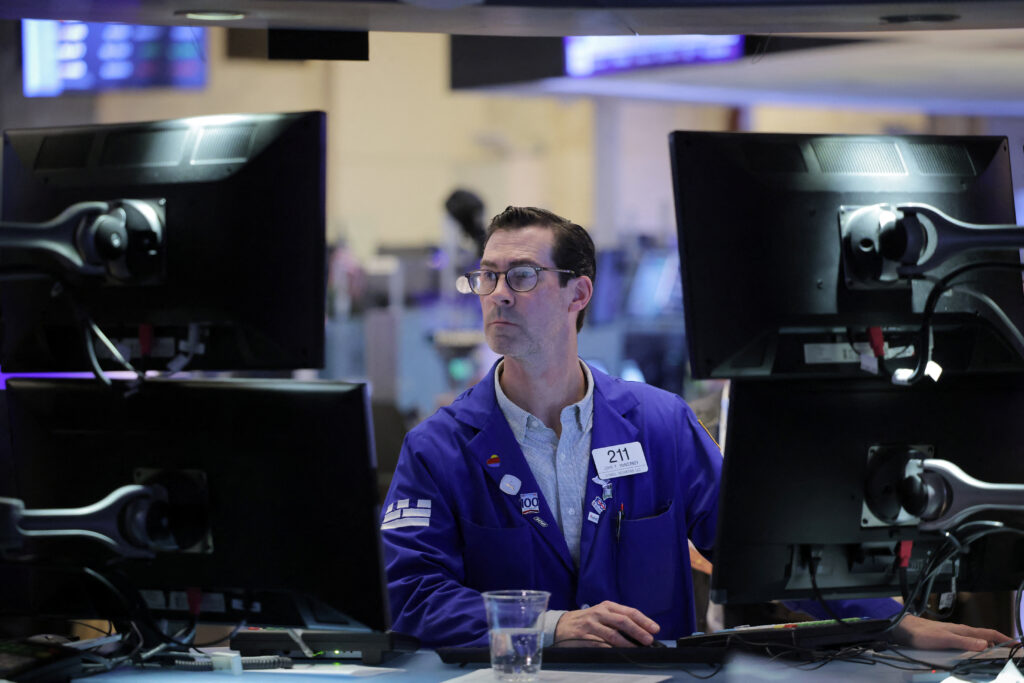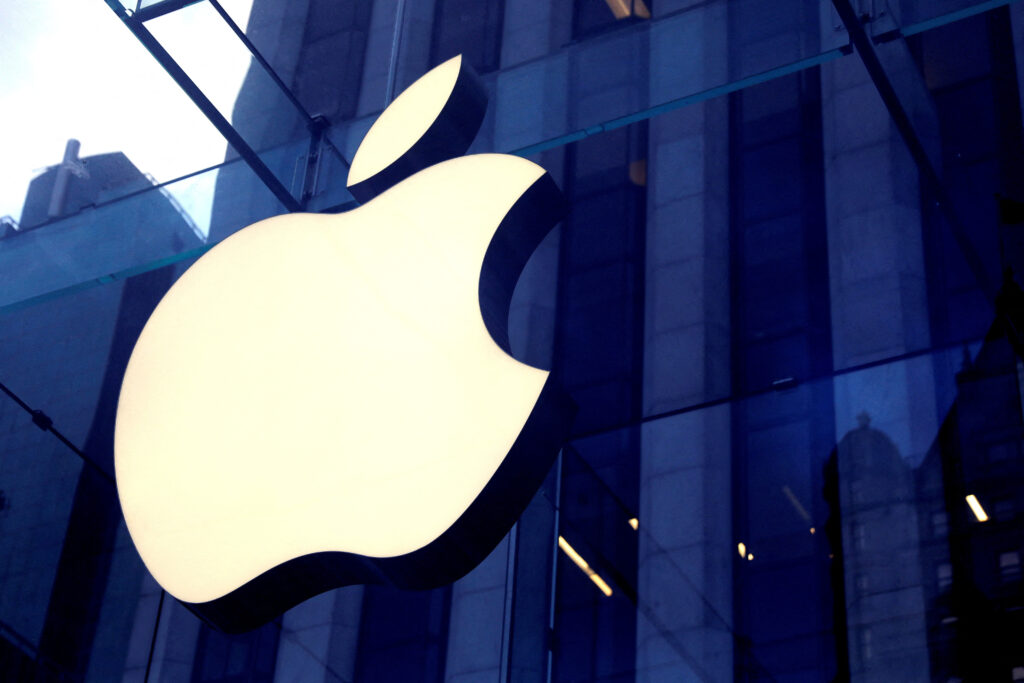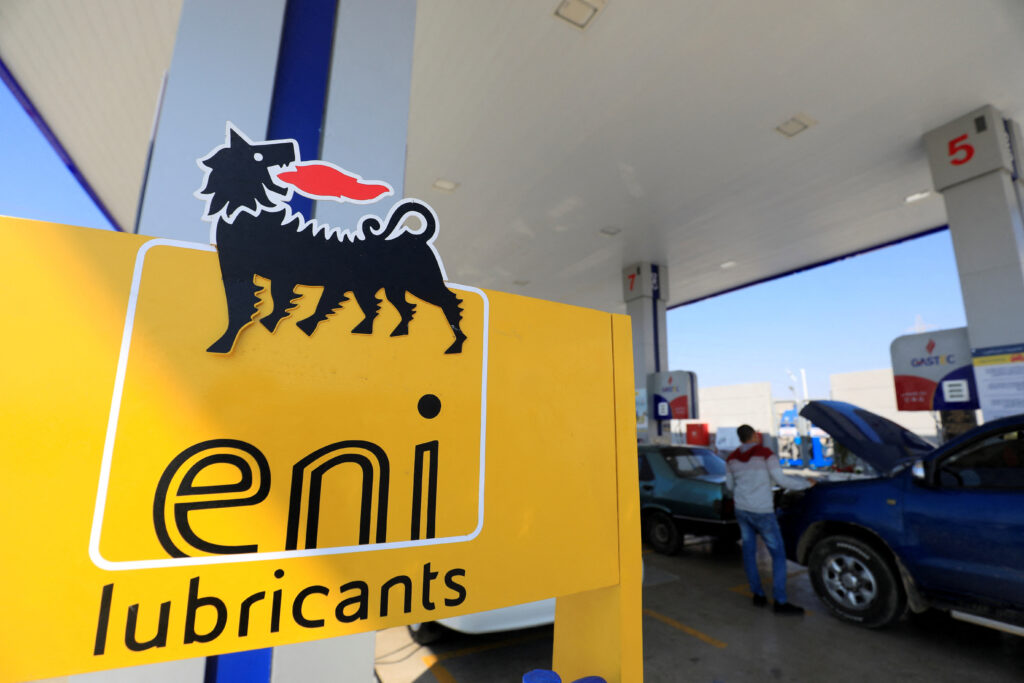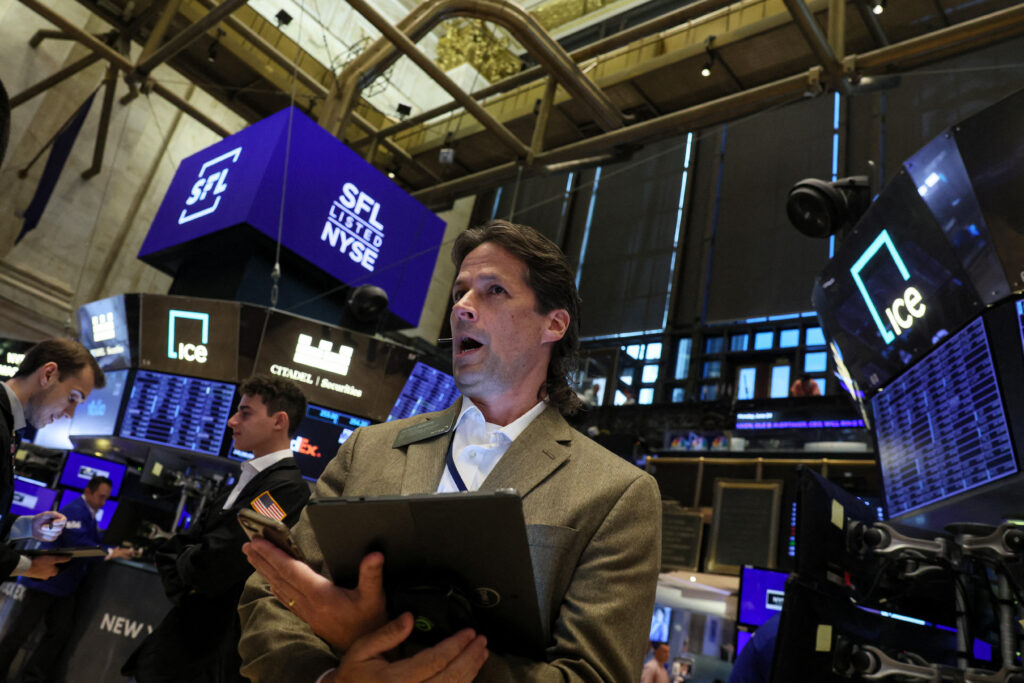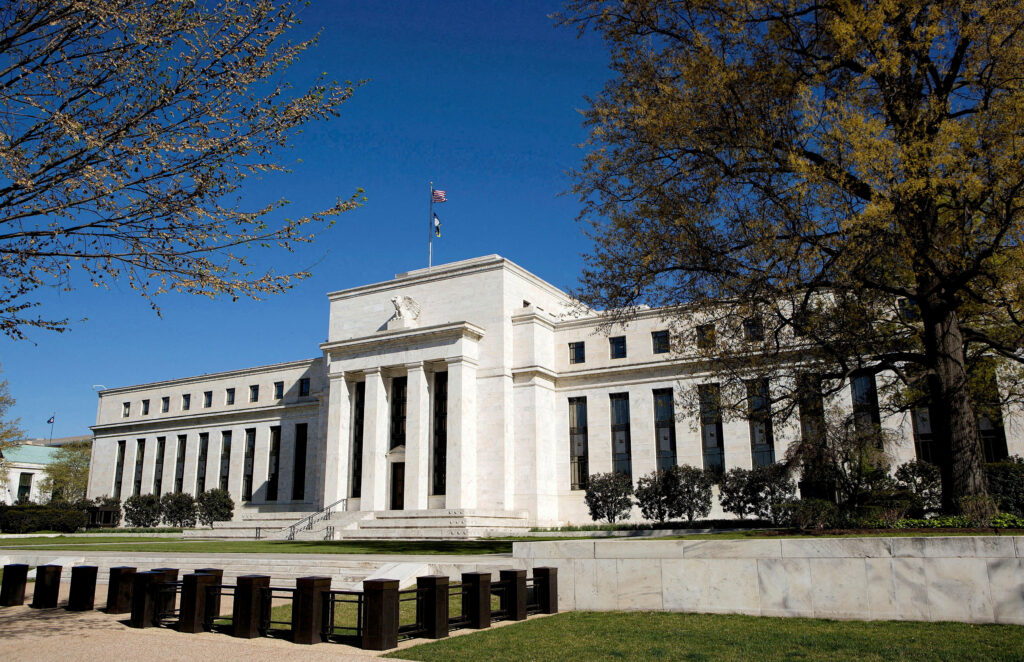Brookfield Renewable Partners LP (BEP) is one of the world’s largest publicly traded renewable power platforms. The company owns and operates hydroelectric, wind, solar, distributed generation, and storage facilities in North America, South America, Europe, and Asia.
As the renewable energy industry evolves, several key trends are impacting Brookfield Renewable’s business and growth prospects.
Which Renewable Energy Stocks Are Worth Buying?
The renewable energy sector is brimming with potential, attracting investors seeking sustainable returns and positive environmental impact. However, with numerous companies vying for attention, choosing the right stocks requires careful consideration. Here’s a breakdown of the listed companies to help you navigate your options:
Pure-Play Renewables
- Brookfield Renewable (BEPC): This company stands out for its diversified portfolio of renewable sources (hydro, solar, wind) and global presence. BEPC offers a long-term growth focus and a consistent dividend history, making it a compelling option for long-term investors seeking exposure to the entire renewable energy spectrum.
- NextEra Energy (NEE): A leading US utility holding company, NEE boasts a strong presence in wind and solar energy generation. They benefit from stable cash flow from regulated utility markets and consistent revenue growth. However, their portfolio is less diversified compared to BEPC.
- JinkoSolar (JKS): This Chinese company is a major solar panel manufacturing industry player. While JKS directly contributes to the renewable energy sector, its performance is heavily tied to commodity prices and global market fluctuations.
Diversified Players:
- General Electric (GE): GE has a diversified portfolio that includes renewable energy solutions but is not solely focused on this sector. This makes it a less pure-play option than companies like BEPC or NEE.
- Iberdrola SA (IBDRY): This Spanish multinational utility company is significant in renewable energy generation alongside other energy sources. While offering geographic diversification and a stable business model, IBDRY’s exposure to non-renewables might not fit all investor preferences.
Factors That Affect Brookfield Renewable’s Future
-
Rising Energy Prices
Fluctuating energy prices significantly influence Brookfield’s renewable stock profitability. The company benefits as a clean power generator with high energy prices, as it can sell renewable electricity at favorable rates. However, extended periods of low electricity prices driven by oversupply or weak demand can squeeze profit margins.
For example, low prices of natural gas have led to depressed power market rates in the Northeast US in recent years. This headwind has been partially mitigated by Brookfield’s long-term power purchase agreements (PPAs), but spot electricity rate exposure remains. If natural gas prices rise over the long term, it would boost power market rates and Brookfield’s revenue. Alternatively, further declines could continue pressuring near-term financial performance.
-
Government Policies
Supportive government policies are critical for the renewable energy industry’s growth. Brookfield Renewable drives project development by using incentives like production tax credits (PTCs), investment tax credits (ITCs), and renewable portfolio standards. The loss of favorable policies could slow growth plans.
At the same time, Brookfield is pursuing opportunities in emerging markets like India & China, where governments prioritize expanding clean energy. India’s goal of 175 gigawatts of renewable capacity by 2022 and China’s massive investments in wind and solar create strong tailwinds. Positioning in supportive policy environments can counterbalance risks in other regions.
-
Technological Advancement
Rapid technological advancements drive down renewable energy costs and enable new project opportunities. For example, solar PV costs have plunged nearly 90% over the last decade, improving solar’s cost-competitiveness. Brookfield is incorporating more solar capacity in its portfolio to capitalize on this trend.
At the same time, technology improvements like advanced grid management tools and battery storage solutions empower greater integration of intermittent renewable resources. By leveraging new technologies, Brookfield can build more wind and solar while maintaining reliability and expanding development options.
Comparative Analysis of Brookfield Renewable
Brookfield Renewable Partners Stock (BEPS) is one of the world’s largest publicly traded renewable power platforms. How does Brookfield Renewable stack up against key competitors in the renewable energy industry? Here is an overview of Brookfield’s competitive positioning:
Key Players in the Arena
- NextEra Energy (NEE): A leading US utility holding company with a significant presence in wind and solar energy generation.
- Engie (ENGI): A French multinational utility company with a diversified portfolio across various energy sources, including renewables.
- Ørsted (ORSTED): A Danish multinational company specializing in offshore wind power development and operation.
A Comparison Table
| Company | Market Capital | Operating Countries | Competitive Advantages | Competitive Disadvantages |
|---|---|---|---|---|
| BrookField Renewable | $23.40B | Canada, the United States, Brazil and Colombia, | Diversified portfolio across multiple renewable energy sources and geographies | Lower dividend yield compared to some peers |
| NextEra Engie | $116.11B | US and Canada | Strong presence in regulated utility markets, providing stable cash flow | Limited geographic diversification compared to BEP |
| Engie | $36.16B | 27 countries in Europe & 48 countries worldwide | Extensive experience and expertise across various energy sectors | Complex corporate structure with exposure to non-renewable energy sources |
| Ørsted | $162.335B | Denmark, Germany, the Netherlands, Poland, Taiwan, the UK, and the US | Leading position in the offshore wind market, a high-growth segment | Limited presence in other renewable energy sources compared to BEP |
Is Brookfield Renewable a Good Investment for Long-Term Investors?
Brookfield Renewable Partners LP (BEP) owns and operates renewable power assets across hydroelectric, wind, utility-scale solar, and energy storage. With operations spanning North America, South America, Europe, and Asia, it is one of the largest publicly traded renewable power platforms.
For long-term investors, Brookfield Renewable offers an attractive chance to gain exposure to the growing global renewable energy industry.
-
Strong Fundamentals
Brookfield Renewable has demonstrated solid operational fundamentals. The company’s portfolio of assets consistently delivers stable cash flows, supported by long-term power purchase agreements. Margins are also relatively high, with a best-in-class average EBITDA margin above 60%.
Looking ahead, Brookfield Renewable is well-positioned for continued growth. The company has a large development pipeline exceeding 21 GW that should support 5-9% average annual portfolio growth. Brookfield’s global scale and development expertise provide a competitive advantage in expanding into new markets. These fundamentals underpin management’s guidance of 5-9% annual FFO per unit growth.
-
Attractive Valuation and Dividend
While strong fundamentals are crucial, evaluating the company’s valuation metrics is equally important to determine if the stock is fairly priced. Here’s a closer look:
- Price-to-Earnings Ratio (P/E): BEP’s current P/E ratio stands at around 20, slightly above the average P/E ratio of the broader market. However, it’s important to consider the growth potential of the renewable energy sector when evaluating P/E ratios.
- Price-to-Book Ratio (P/B): BEP’s P/B ratio is currently above 1, indicating that the market values the company’s assets higher than their book value. This could be justified by the company’s growth prospects and intangible assets like its brand reputation and expertise.
- Dividend Yield: BEP offers a compelling dividend yield of around 5%, attractive to income-seeking investors. The company has a history of increasing its dividend annually, demonstrating a commitment to shareholder returns.
While the current valuation metrics might appear slightly stretched, considering the company’s long-term growth potential and the broader market environment for renewable energy stocks, they must be considered.
-
Low Risks
Compared to traditional utilities, Brookfield Renewable boasts a lower risk profile stemming from its pure-play renewable power focus. Its cash flows have minimal susceptibility to fossil fuel price fluctuations. The business is also less capital-intensive than a utility, given the lower maintenance requirements of renewable assets.
While Brookfield has some exposure to spot power prices, long-term PPAs generate highly predictable revenues. And its global diversification mitigates country-specific regulatory risks. Overall, risks appear manageable relative to the attractive growth outlook.
Conclusion
While susceptible to fluctuations in energy prices, government policies, and technologies, Brookfield Renewable aims to mitigate risks by diversifying its portfolio across regions, power markets, and renewable technologies. Continued innovation and supportive global renewable energy policies will provide tailwinds, but near-term financials may remain challenged in certain markets.
Ultimately, Brookfield’s scale, operating expertise, and development pipeline should enable the company to navigate industry changes while continuing to expand its clean power footprint.
Peter Williams, a financial writer with over five years of experience, specializes in covering stock market movements, bond markets, commodities, and macroeconomic trends.


